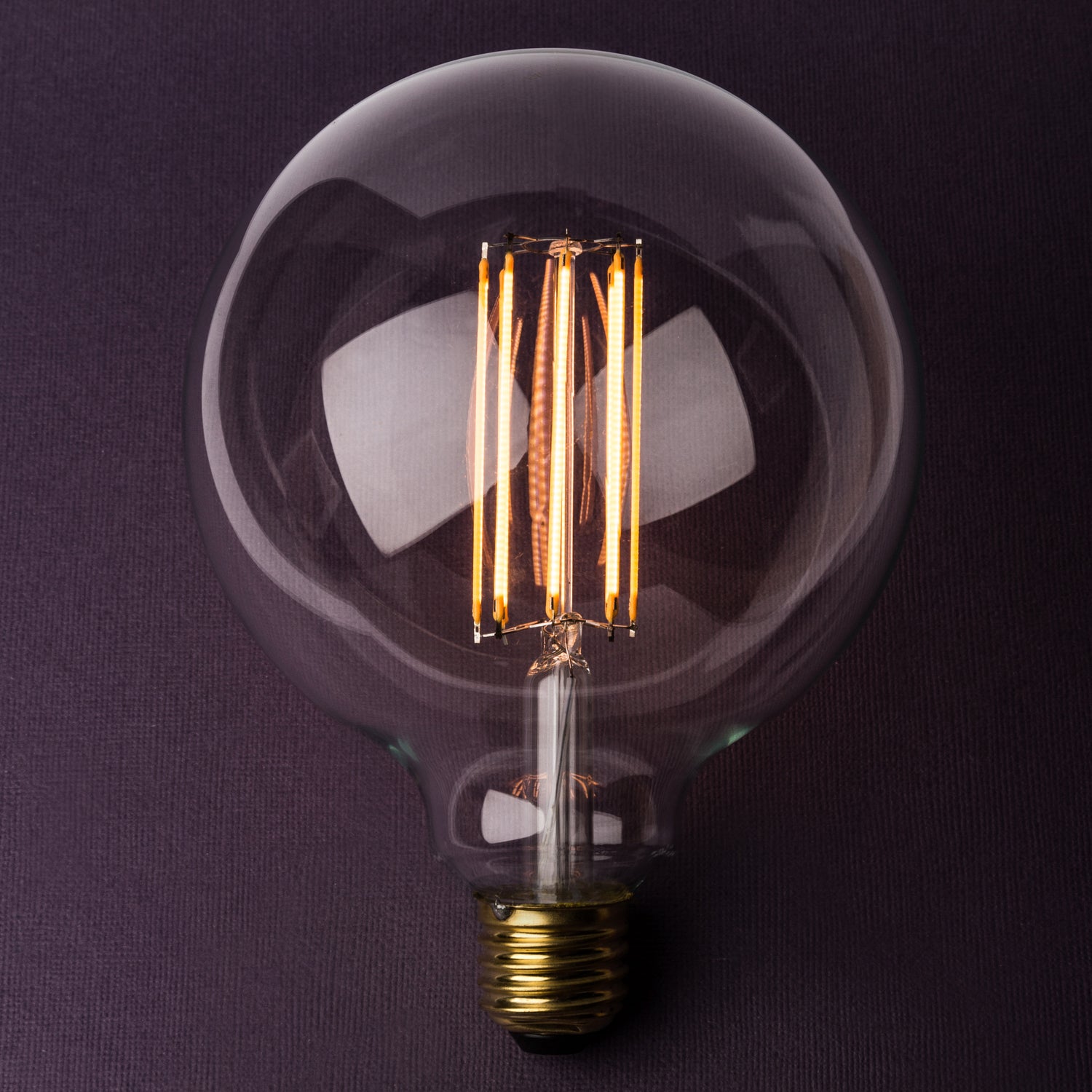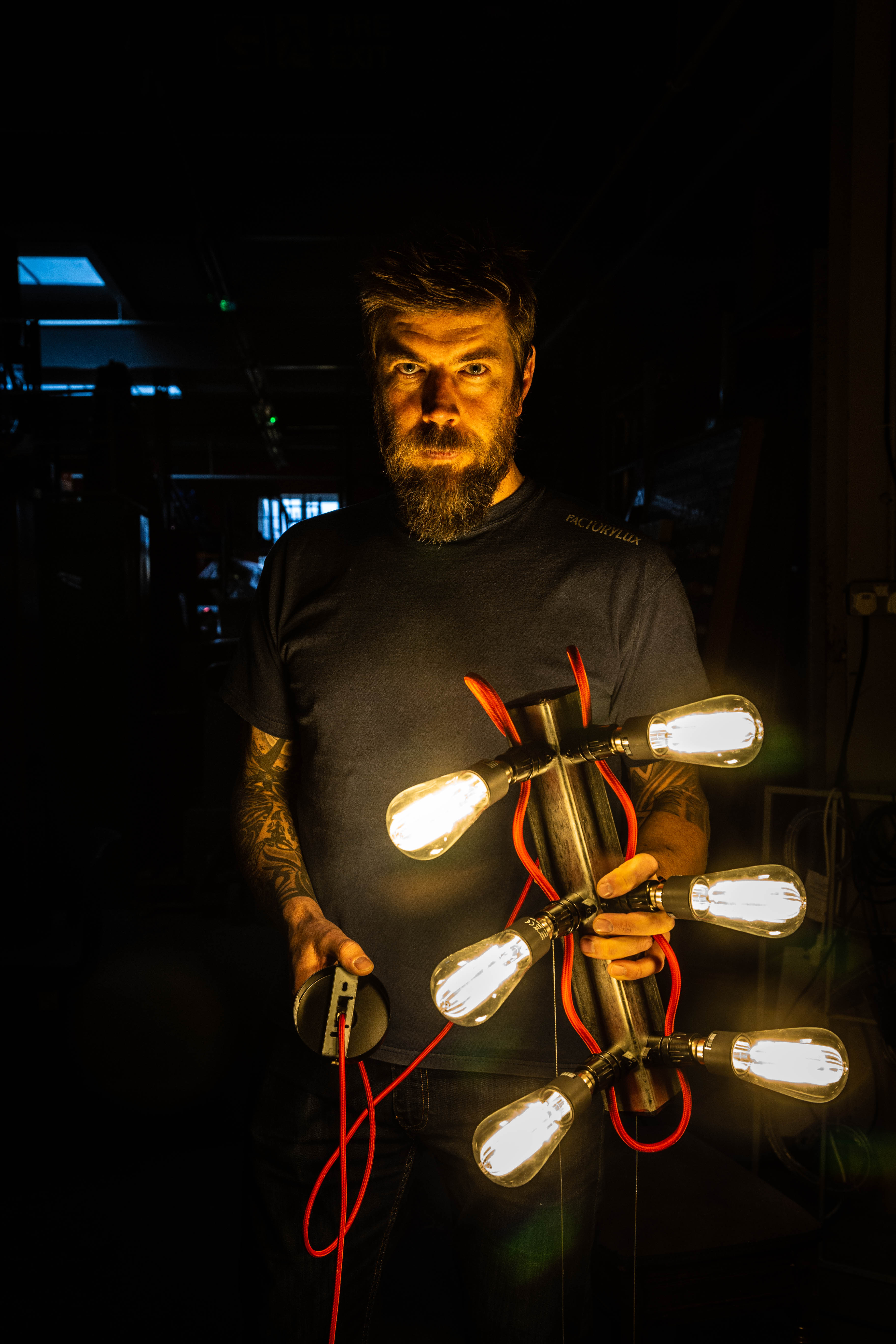Are you planning to overhaul your lighting? If so, chances are you’re looking to invest in energy-saving LED bulbs. After all, using less energy is good for the planet not to mention our wallets. For LEDs, dimming remains a tricky topic. With jargon and complex tech, you can easily become lost.
The Dimmer
Originally, dimmer manufacturers tackled the issue by developing LED-specific modules; designed to communicate exclusively with LED lamps. At the same time, LED manufacturers tackled the issue by designing lamps to function with traditional dimmers. As a result of this unfortunate miscommunication, having an LED dimmer doesn’t guarantee it’ll dim your specific bulb. Confused? Don’t worry.The LED
If you check the packaging, most LED bulbs will tell you they’re dimmable. What they may not say is, which dimmer you’ll need. You may come across a manufacturer that knows their stuff. You’ll be able to contact them, or check their website, and they’ll advise you. This will be rare though. With a multitude of dimmers and LED’s, few manufacturers will boast a comprehensive list of compatibility. If they have a list of preferred dimmers, this is a great place to start.So how should I proceed?
Dimming LEDs remains challenging. The only way to be certain an LED will work on your dimmer is to test it. Trial and error is the best way to ensure an LED will dim with your chosen module. So, be sure to order your bulb(s) from someone that accepts returns without question. We do that. So there we have it, trial and error is the best way to ensure an LED will be dimmable.




Leave a comment
This site is protected by hCaptcha and the hCaptcha Privacy Policy and Terms of Service apply.